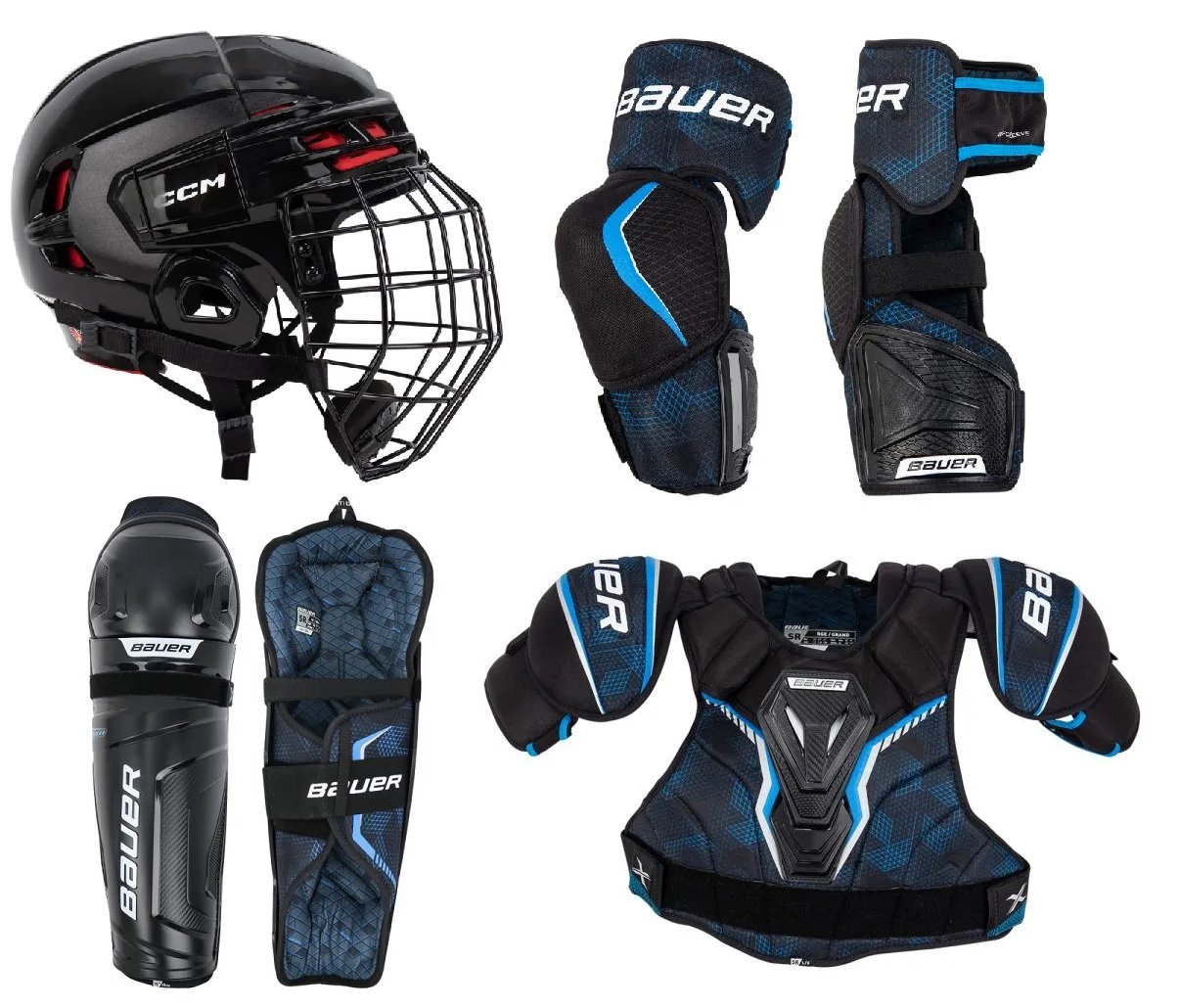
History of Sled Hockey
Sled hockey (also referred to as sledge hockey or para ice hockey) was invented at a Stockholm, Sweden rehabilitation center in the early 1960’s by a group of athletes who wanted to continue playing hockey. The United States introduced the Men’s National team in 1990 and the Women’s National team in 2007. Sled Hockey was officially introduced at the 1994 Winter Games in Lillehammer, Norway, and is officially sanctioned by the International Paralympic Committee (IPC). The US Men’s para ice hockey team won their first gold medal at the 2002 Paralympic Games in Salt Lake City, UT and have since taken home that last four gold medals in 2010, 1014, 2018, and 2022.
The Equipment
The Sled
Athletes sit in the sled bucket and balance on skate blades mounted underneath the bucket. Athletes’ legs extend with their knees bent with feet resting on the nose of the sled.
A goalie’s sled differs in that it uses a wider set of plastic blades to allow them to move easily side to side. A goalie may choose to sit straight-leg or crossed-leg.
The Sticks
Athletes use two hockey sticks to propel themselves as well as for puck handling and shooting. Each hockey stick has a set of metal picks at the base that are used to dig into the ice as the athlete uses a rowing motion to propel themselves forward.
The Goalie stick has similar picks at its base as well as a rounded pick in the heel. The goalie also has spikes on the glove to assist with mobility.
The Gear
Sled hockey uses most of the same protective gear as stand-up hockey. All players are required to use a helmet with a full cage or shield, as well as a cut-resistant neck guard.
Gloves, chest pads, elbow pads, and shin guards are also used. Hockey pants are not usually used as the bucket of the sled is fitted to the athlete and provides protective coverage.
Learning Resources
Introduction to Sled Hockey
Intro to Sled Hockey - USA Hockey
Sled Hockey: Past to Present - Hockey Canada
Official Sled Hockey Tournament/Event Guidebook - USA Hockey
Coaching
The Coach’s Guide to Sled Hockey - USA Hockey
Sledge Hockey Coaching Resource - Hockey Canada
Para Ice Hockey Coaching Resource: A guide to Inclusive Programming - BC Hockey
Rules and Regulations
Official Rules of Sled Hockey - USA Hockey
Sledge Hockey Officiating Guidelines - Hockey Canada
Ice Sledge Hockey Rules - International Paralympic Committee
Training Resources
Sledge Hockey Core Training and Stretching Manual - Hockey Canada



